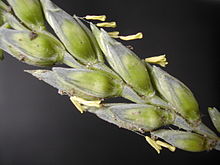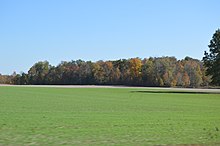Good morning,
World !
Please stand by.
Man From Minto©
Stan G. Webb - In Retirement © [https://stangwebb.blogspot.com/ ]
Sierra Tango Alpha November, Whiskey Echo Bravo Bravo OUT . [https://en.wikipedia.org/wiki/NATO_phonetic_alphabet ]
Please stand by.
Man From Minto©
Stan G. Webb - In Retirement © [https://stangwebb.blogspot.com/ ]
Sierra Tango Alpha November, Whiskey Echo Bravo Bravo OUT . [https://en.wikipedia.org/wiki/NATO_phonetic_alphabet ]

